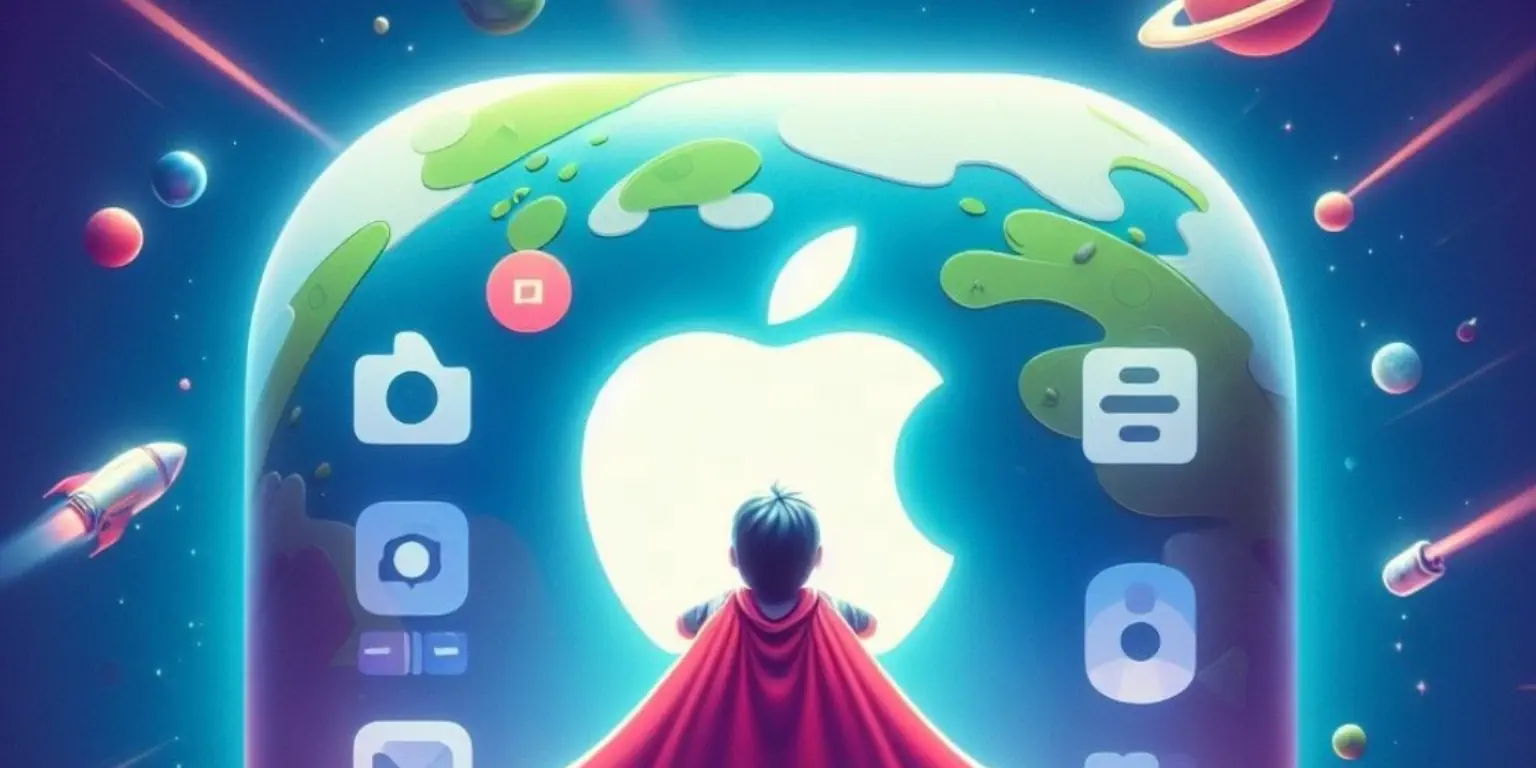SwiftUI, developed by Apple in 2019, revolutionized the way we create user interfaces. It introduced a declarative syntax, simplifying the process of building complex UIs across all Apple platforms, from iOS to macOS, watchOS, tvOS, and visionOS. SwiftUI is supported on iOS 13 and later versions [1].
It has come a long way and now offers a wide range of features that make the development process much easier. It has gained a large community of developers who like its intuitive design, simplicity, and excellent performance. Let’s explore some of the essential features that make SwiftUI a game-changer in the world of iOS development.
SwiftUI: Main Features
This innovative framework has transformed the way developers approach UI design, offering a host of powerful features that set it apart from its predecessors. From its declarative syntax to its cross-platform capabilities, SwiftUI has not only simplified the development process but also opened up new possibilities for creating dynamic, user-friendly applications [2]. Here are some key features that underscore why SwiftUI has become an indispensable tool for modern app developers.
Declarative Syntax
The framework uses a declarative syntax, which means we simply state what our user interface should do. For instance, if we want to create a button with a specific action, we would write:
Button(action: {
// Action to perform on tap
print("Button was tapped")
}) {
// How the button should look
Text("Tap me")
.padding()
.background(Color.blue)
.foregroundColor(.white)
.cornerRadius(10)
}
In this example, we declare a button with the text “Tap me”, a blue background, white text color, and rounded corners. When the button is tapped, it prints “Button was tapped” to the console. The SwiftUI framework takes care of rendering the UI and updating it when the state changes.
Live Preview
It provides a live preview of our code, which means we can see in real time how our UI will look and behave. This significantly speeds up the development process and allows for rapid prototyping.
Interoperability with UIKit
SwiftUI can work with UIKit, the previous standard for building iOS interfaces. This allows developers to gradually incorporate SwiftUI into existing UIKit-based projects. SwiftUI’s UIViewRepresentable and UIViewControllerRepresentable protocols enable UIKit views and view controllers to be used within SwiftUI. This ensures a smooth transition to SwiftUI and extends the usability of existing UIKit components.
Cross-platform development
One of the major advantages of SwiftUI is its ability to create apps that run on all Apple platforms with the same codebase. This means developers can write the code once and deploy it on iOS, macOS, watchOS, tvOS, and visionOS. This not only saves time and effort but also ensures consistency across different platforms.
Beautiful transitions, animations, and components
SwiftUI comes with a wide range of pre-built components and the ability to create custom ones. It also provides simple APIs for creating animations and transitions. With just a few lines of code, developers can create stunning effects, making the user interface more interactive and engaging [3].
The Evolution of SwiftUI
Over the past five years, SwiftUI has evolved significantly, offering a more robust and feature-rich environment for iOS development. The framework’s declarative syntax has simplified UI development, allowing developers to describe UI elements in terms of their appearance and interactions. This approach has reduced the amount of code needed, making it easier to read and maintain.
Now, SwiftUI stands as a testament to Apple’s commitment to developer convenience and user experience. With its latest updates, This means developers can use the same codebase to create apps for all Apple platforms, significantly reducing development efforts [4].
SwiftUI’s data flow management has also seen significant improvements. With the introduction of new property wrappers and improved state management, handling data in SwiftUI is now more intuitive and efficient.
Closing Thoughts
As we look towards the future, the trajectory of SwiftUI appears to be on an upward trend. Apple’s unwavering commitment to enhancing and expanding SwiftUI’s capabilities, coupled with the rapidly growing community of developers, suggests that SwiftUI is poised to continue its evolution. We can anticipate the introduction of even more innovative features and tools that will further streamline the process of iOS development.
For seasoned developers, SwiftUI offers an opportunity to leverage their existing skills more efficiently and powerfully. Its intuitive syntax and comprehensive toolkit can help accelerate the development process, enabling the creation of more sophisticated and robust applications [5].

